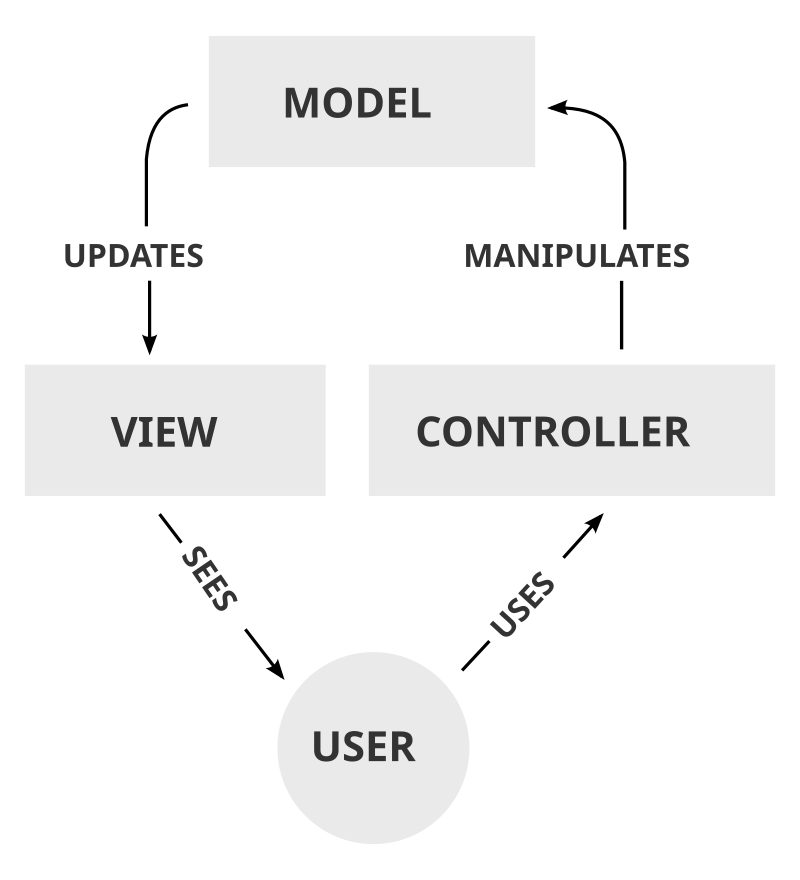Design patterns summary
| SOLID design principles | |
| Single Responsibility Principle (SRP) | Ensuring a class has only one primary responsibility, and it mustn't have more. |
| Open/Closed Principle (OCP) | Allowing software entities to be open for extension but closed for modification. |
| Liskov Substitution Principle (LSP) | Ensuring subtypes can replace their base types without altering behavior. |
| Interface Segregation Principle (ISP) | Avoiding forcing clients to depend on interfaces they do not use. |
| Dependency Inversion Principle (DIP) | Decoupling high-level modules from low-level modules by depending on abstractions. |
| Creational design patterns | |
| Builder | Constructing complex objects step by step, improving readability and flexibility. |
| Factories | Allowing the creation of alternative constructors, often with more descriptive names or specialized logic for object creation, while keeping the main __init__() constructor simple. Factory Method allows subclasses to define the type of object to be created, enabling customization of object creation without modifying the core logic. Abstract Factories define how Factories should be implemented. |
| Prototype | Creating new objects by copying an existing instance instead of building from scratch. |
| Singleton | Ensuring only one instance of a class exists and providing a global access point. |
| Monostate | A Singleton variation where multiple instances share the same state. |
| Lazy Initialization | Delaying object creation until it is actually needed, optimizing resource usage. |
| Dependency Injection | Passing dependencies to objects rather than creating them internally, improving flexibility. |
| Structural design patterns | |
| Adapter | Allowing incompatible interfaces to work together by translating requests. |
| Bridge | Separating abstraction from implementation, allowing them to vary independently. |
| Composite | Treating individual objects and compositions of objects uniformly. |
| Decorator | Dynamically adding behavior to an object without modifying its structure. |
| Facade | Providing a simplified interface to a larger and more complex system. |
| Flyweight | Minimizing memory usage by sharing objects instead of creating new ones. |
| Proxy | Controlling access to an object by acting as an intermediary. |
| Behavioral design patterns | |
| Observer | Defining a dependency where multiple objects listen for changes in another object. |
| Chain of Responsibility | Passing requests along a chain of handlers, allowing dynamic handling. |
| Command | Encapsulating requests (actions) as objects, allowing parameterization of objects. It is also useful for implementing the undo functionality. |
| Interpreter | Defining a grammar and an interpreter to process expressions in that language. |
| Iterator | Providing a way to sequentially access elements of a collection without exposing its structure. |
| Mediator | Reducing direct communication between objects by introducing a mediator object. |
| Memento | Capturing and restoring an object's state without violating encapsulation. |
| State | Allowing an object to change behavior when its internal state changes. |
| Strategy | Encapsulating algorithms in separate classes and allowing dynamic selection. |
| Template Method | Defining the program skeleton while allowing subclasses to fill in specific steps. |
| Visitor | Separating algorithms from object structures, allowing new operations without modifying classes. |
Model-View-Controller (MVC)
Model-View-Controller is a software architectural pattern used to separate concerns in application development. It divides an application into three interconnected components, improving organization, scalability, and maintainability. It is not a design pattern.
- Model – manages the data and business logic (e.g., fetching user info from a database).
- View – handles the user interface and presentation (e.g., displaying the user’s name).
- Controller – processes user input, updates the model, and selects the view to render (e.g., handling a login click).

